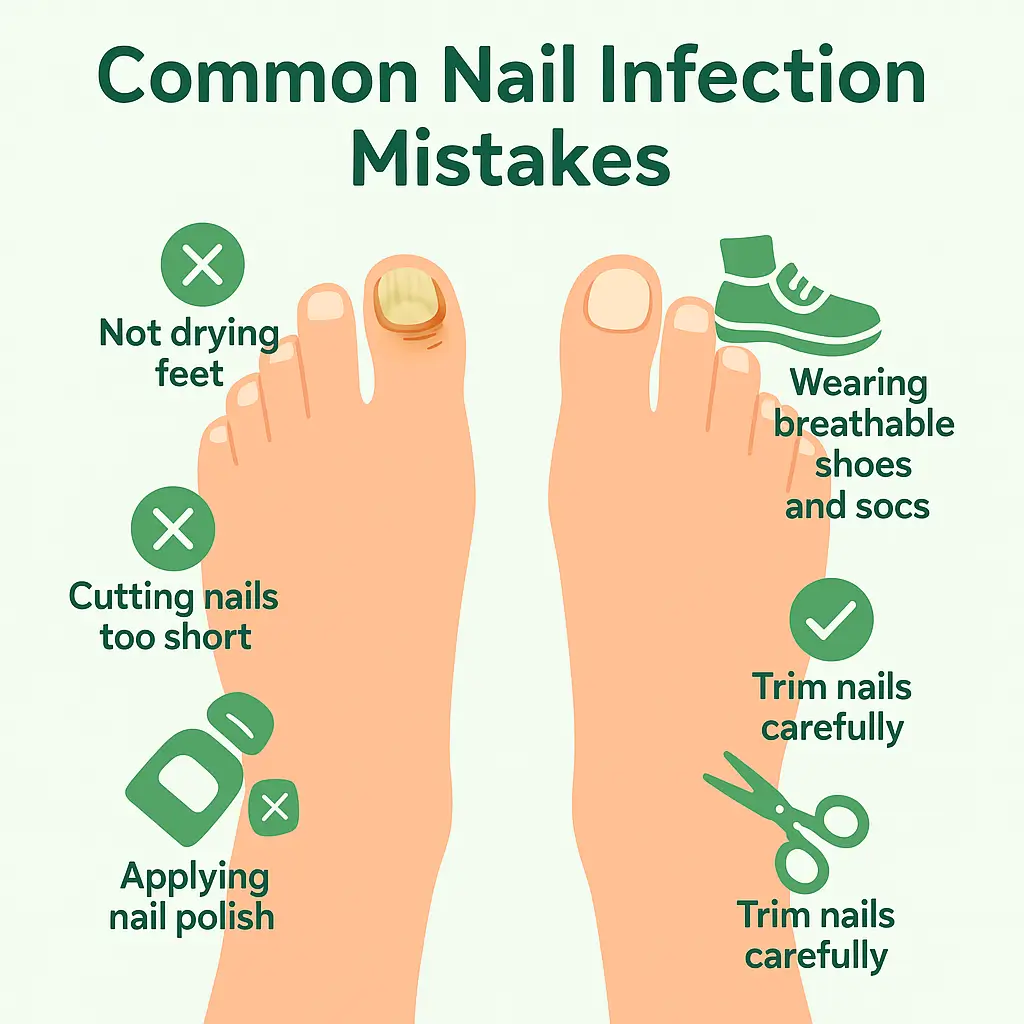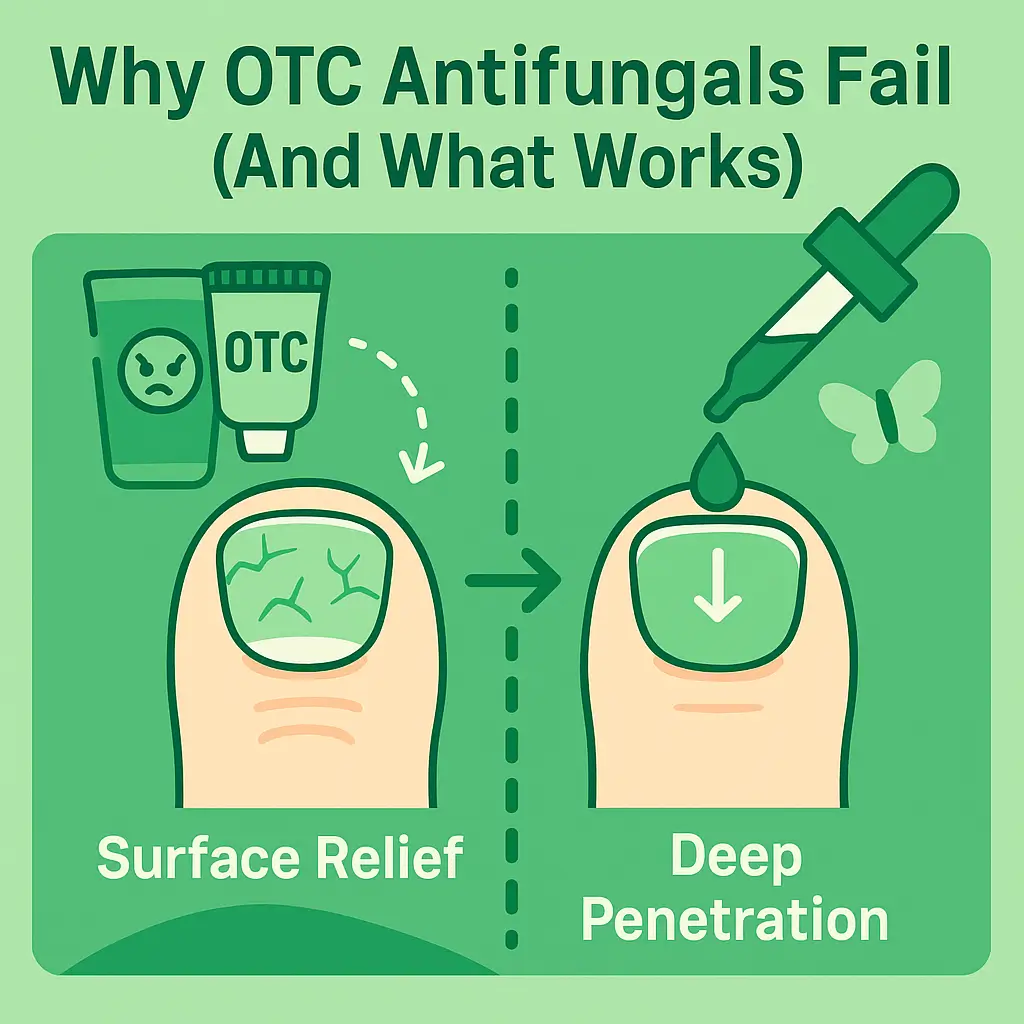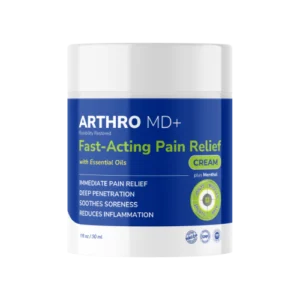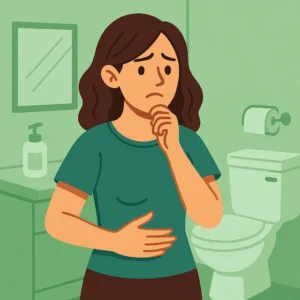7 Common Mistakes That Worsen Nail Infections
If you’ve been struggling with a stubborn nail infection, you’re not alone. But what many people don’t realize is that certain habits can make these infections even worse. In fact, some of the most common nail infection mistakes might be sabotaging your recovery — and even causing long-term damage.
In this post, we’ll explore the top nail infection mistakes, why they’re harmful, and what you should be doing instead to support healthy, strong nails.
🚫 Mistake #1: Ignoring Early Signs
One of the biggest nail infection mistakes is brushing off early symptoms like discoloration, thickening, or brittleness. These changes may seem minor at first, but they’re often the first sign of a fungal infection taking hold.
Why it’s harmful: Delaying treatment gives the fungus time to grow deeper into the nail, making it harder to treat later.
What to do instead: Act quickly. At the first sign of trouble, start taking preventive measures and consult your doctor if necessary.
🚿 Mistake #2: Not Keeping Feet Dry and Clean
Fungus thrives in warm, moist environments — and sweaty feet are the perfect breeding ground.
Why it’s harmful: Wet or sweaty socks, damp shoes, and poor hygiene can accelerate fungal growth and increase the risk of reinfection.
What to do instead:
- Dry your feet thoroughly, especially between the toes
- Use breathable footwear and moisture-wicking socks
- Disinfect shoes regularly
✂️ Mistake #3: Cutting Nails Too Short or Unevenly
Trimming your nails too short or using improper technique can damage the nail bed and open small cuts, giving fungus an easy way in.
Why it’s harmful: Cuts and trauma around the nail can lead to secondary infections and slow the healing process.
What to do instead:
- Trim nails straight across
- Avoid cutting into the corners
- Use sanitized tools every time
👟 Mistake #4: Wearing Tight or Non-Breathable Shoes
Shoes that don’t allow proper airflow create a humid, enclosed environment that’s perfect for fungus to grow.
Why it’s harmful: Pressure and sweat buildup make it easier for fungi to thrive and penetrate deeper into the nail.
What to do instead:
- Choose shoes made from natural or breathable materials
- Rotate footwear to allow drying
- Don’t share shoes or socks
💅 Mistake #5: Using Nail Polish on Infected Nails
While polish may help hide discoloration, it also traps moisture and prevents your nail from “breathing.”
Why it’s harmful: Most polishes seal off the nail, locking in fungus and hindering the effects of topical treatments.
What to do instead: Avoid polish until the infection clears. If you must use it, choose breathable, antifungal nail polishes designed for infection care.
🤷♀️ Mistake #6: Relying Solely on Home Remedies
While some natural solutions may offer support, relying on them alone — especially for advanced infections — isn’t always effective.
Why it’s harmful: Delayed proper treatment may allow the infection to worsen, spread to other nails, or become chronic.
What to do instead:
- Use proven treatments or supplements
- Consider clinical-grade solutions that are designed to target fungal issues
- Seek professional help if there’s no improvement in a few weeks
🧼 Mistake #7: Skipping Hygiene After Visiting Public Places
Gyms, pools, and locker rooms are common hotspots for fungus transmission.
Why it’s harmful: Walking barefoot in shared areas can lead to reinfection — even after successful treatment.
What to do instead:
- Always wear flip-flops or sandals in public areas
- Wash and dry feet thoroughly after returning home
- Disinfect reusable footwear
🧭 Final Thoughts: Fix the Mistakes, Boost Recovery
Healing from a nail infection takes time — but it doesn’t have to take forever. By avoiding these common nail infection mistakes and sticking to proper hygiene, foot care, and treatment, you can drastically improve your results.
And if you’re wondering what really works when over-the-counter creams fail, there are alternatives designed to address the root cause of the issue — not just the surface symptoms.
👉 Coming up next: Why Over-the-Counter Antifungals Often Fail (And What Actually Works)













Post Comment